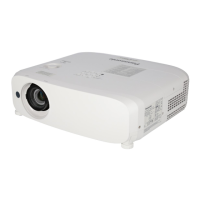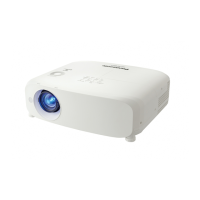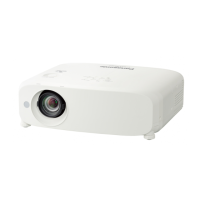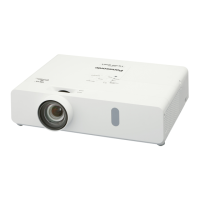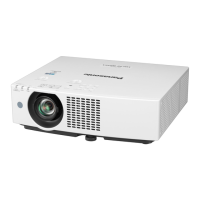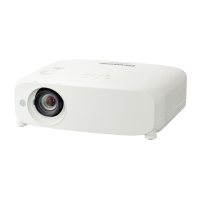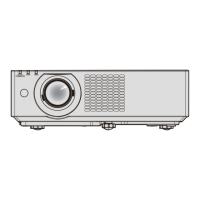2) Press the <AUTO SETUP/CANCEL> button.
f Exit the automatic playback and returns to the MEMORY VIEWER screen (thumbnails).
Note
f If the number of recording pixels is less than 1 280 × 800, it will be enlarged while maintaining the aspect ratio.
f If the number of recording pixels is more than 1 280 × 800, it will be reduced display while maintaining the aspect ratio.
f The order of playback, please follow the order that you set on the [MEMORY VIEWER] menu→ [SORT]. (x page 96)
Even if the video les and still image les are mixed in the folder, it will be played according to the settings of the [SORT].
f The operation guide of the bottom of the playback screen can be turned off when [MEMORY VIEWER] → [GUIDE] is set to
[OFF].(x page 96)
Resume playing function
The resume playing function can be used when the auto play function is disable ([MEMORY VIEWER] → [AUTOPLAY] is set
to [OFF]) (x page 96).
If you stop a video during playing, and then want to resume playing the same video, this function allow you to replay from the
position where you stop last time.
The video starts to play from the position where you stop last time in one of the following situation:
f When you stop the video during playing and return to the Memory Viewer screen, then select the same video.
f When you want to play the original video after playing another video le or image le.
Note
f During playing, you can press the <ENTER> button to pause the video, and press the <AUTO SETUP/CANCEL> button
to exit the full screen display. The resume information (the position where you stop the video during playing) will be kept
automatically.
f The maximum number of the le whose resume information (the position where you stop the video during playing) being
kept is up to 50. If it exceeds, the resume information of the oldest le cannot be kept.
f It maybe impossible to resume playing exactly from where you stop last time.
f When switching the input to the [Miracast] or [Panasonic APPLICATION], unplugging the power cord, removing the USB
memory, the resume information will be discarded.
Description of the memory viewer screen
The indication of icons on the memory viewer screen are as following:
Icon indicates that can move to the upper layer. Move to the upper layer when selected.
Icon indicates the lower layer of the folder. Move to the lower layer when selected.
Icon indicates that the le is a still image.
Icon indicates that the le is a video.
Icon indicates that the le cannot be expanded even if the extension of the le name is
supported.
Rotates the picture 90° to the left.
Rotates the picture 90° to the right.
Plays at the speed of about 2 times. (With audio)
Plays at the speed of about 5 times.
Plays at the speed of about 10 times.
Plays pause temporarily.
Backwards at the speed of about 2 times.
Backwards at the speed of about 5 times.
Backwards at the speed of about 10 times.
124 -
ENGLISH
Chapter 5 Operation of Function - Memory Viewer function
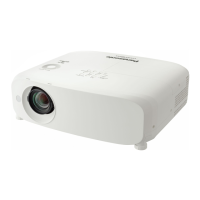
